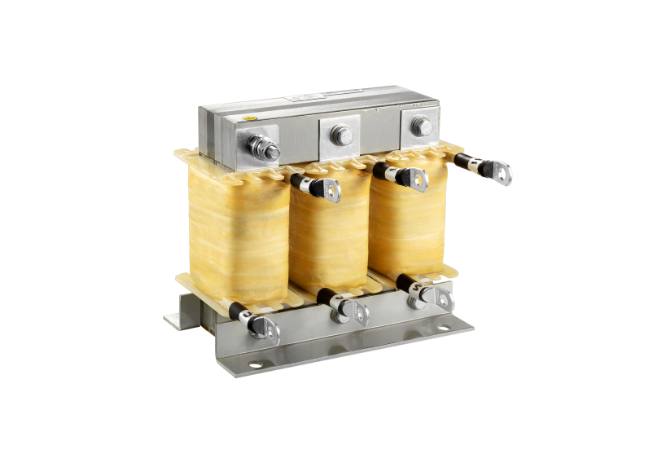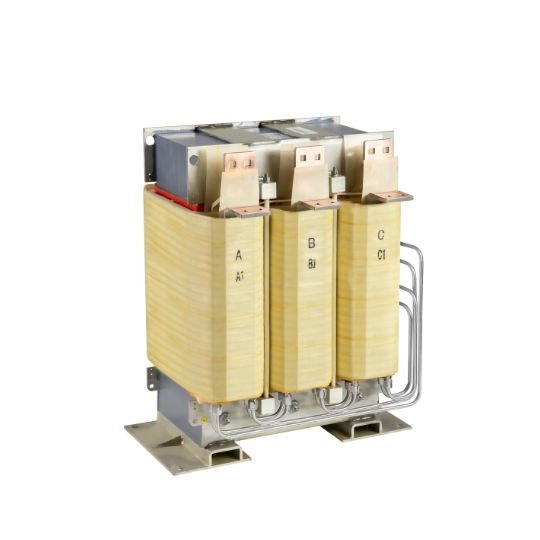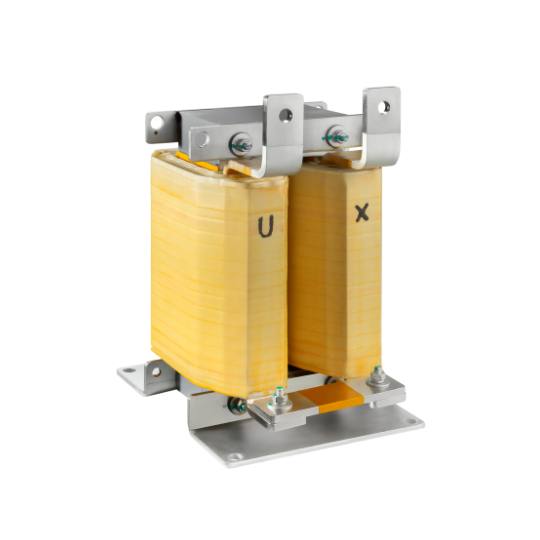Input Reactor
Shinenergy’s input reactor is connected between the power supply and the inverter. It can limit the current impact caused by the sudden change of the grid voltage and the operating overvoltage, effectively protect the inverter and improve the power factor of the inverter, and suppress the harmonics of the inverter input grid. electric current.
- Applied for motor drivers
- Made up of silicone steel core and copper wire
- Available to work in the frequency of 50 and 60HZ
- CE, UL certificated

Safe and Economical Solution
Adding an input reactor within the circuit is a safe and economical solution, it could improve the power factor of the inverter and suppress the harmonic current input by the inverter to the grid.
- Data sheet
- FAQs
| Model No. | MPR-015 |
| Application | Motor drivers |
| Core Material | Silicone steel core |
| Winding Material | Copper wire |
| / | Uk 2% |
| Rated Current | 124A |
| Rated Inductance | 0.13mH |
| Frequency | 50/60HZ |
| Weight | 21KG |
Q1: What are the advantages of Shinenergy’s input reactor?
A1: The advantages of Shinenergy’s input reactor are reducing the noise of the motor and reducing the eddy current loss.
Q2: Why do we need to use an input reactor?
A2: The inverter and governor are often impacted by surge current and surge voltage during use, which will seriously damage the performance and service life of the inverter and governor, so an input reactor should be installed in front of it.

What are the functions of Shinenergy’s Input Reactor?
The functions of Shinenergy’s input reactor are to reduce input high-order harmonics for smooth filtering, reduce transient voltage and prolong motor life. Protect the power switching device inside the frequency converter, prolong its service life, and prevent harmonic interference.






